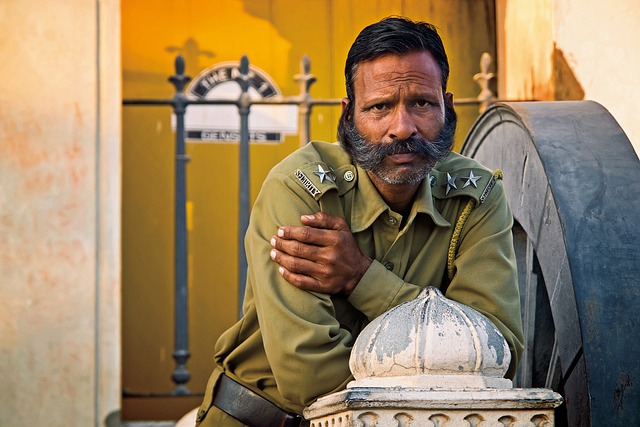The native Americans, or American Indians, have been the target of attempts by Europeans to impose their will ever since they first arrived on the American continent. Land was the main cause of these battles; the Europeans wanted it and the Indians wanted it. One tribe after another was wiped out as waves of colonists moved westward. After the United States declared independence from English authority, the ambitious young country's conquest of the Indians picked up speed.
The Plains Indians were a group of people who lived on the Great Plains of North America, which stretched from Canada to the Gulf of Mexico and from the Mississippi River to the Rocky Mountains in the west. The United States first encountered them in the 1840s. The numerous Sioux, Cheyenne, Arapaho, Pawnee, Shoshoni, Crow, Kiowa, Comanche, and, to a lesser extent, Apache tribes were among the Plains Indian groups. With the exception of the Apache, all of these peoples shared the horse culture, which was built on the buceo and the horse.
The buffalo provided the Plains Indians with everything of their daily needs, including food, clothing, shelter, and fuel. The Indians had access to vast herds of tens of millions of animals, which gave them an apparently limitless supply. The Indians, who had been pursuing the buffalo herds on foot for thousands of years, embraced horses when the Spanish brought them to the plains in 1550. The Plains Indians became fierce warriors and gained mobility that other North American Indians lacked because to the horse. They could go a hundred miles in a day, attack the settlement lines along the boundary that were the weakest and most vulnerable, and escape with their loot before being discovered.
The white settlers in the area, who typically lived on remote farms and ranches with only themselves for protection, presented the Indians with chances they could not refuse. No militia or military force was able to contain these nimble assailants. With lances, shields, rapid-fire bows, and later weapons, the Plains Indians were without a doubt the best light cavalry in the world throughout the nineteenth century.
Sherman created the concept of "Total War" during the American Civil War, which involved attacking an enemy's people as well as their army in order to weaken their resolve to resist. In accordance with this idea, Sherman marched through Georgia while burning and destroying everything in a 50-mile-wide route from Atlanta to the sea. Sherman also burnt Atlanta. The Confederate soldiers' supply base was destroyed, and the war became unpopular with the southern populace as a result of this savage violence, which served its intended goal. Sherman reasoned that the Plains Indians might be defeated using the same tactic.
As a result, Sherman began a campaign in 1874–1875 that became known as the Red River War. In a massive search-and-destroy operation, thousands of cavalry and infantry crossed the plains of Texas, Oklahoma, and Kansas in search of hostile Indians. The army launched an assault after discovering the Indian camps.
The troops would unavoidably push the Indian defenders from their positions and seize their camps. All captured items were destroyed on Sherman's instruction. All of the priceless hide tepees, clothing, weapons, and food were set on fire. Up to 1,500 Indian horses who fell into army hands were shot; their bones could still be seen in some spots in the twentieth century.
In 25 years, the U.S. Army had engaged in almost a thousand battles, losing 932 soldiers and wounding 1,061, while the Plains Indian population had suffered an estimated 5,519 fatalities and injuries. The Plains Indians' civilization was also completely obliterated. In the conflict between the United States and the Plains Indians, a courageous and ferocious adversary faced up against a contemporary world power in a guerrilla-style, quick-moving, light-marching conflict. Despite the heroic and, in some cases, legendary nature of the Indians' struggle, the conclusion was inevitable. The era of the shield, lance, and bow was over. Prior to the Civil War, a system of reservations was established, forcing all Native American tribes to live there.

References:
Hamilton, Allen, Sentinel of the Southern
Plains (Fort Worth: Texas Christian University
Press, 1990); Leckie, William, The Military
Conquest of the Southern Plains (Norman: University
of Oklahoma Press, 1963); Utley, Robert, Frontier
Regulars (New York: Macmillan, 1973).
Posted using Proof of Brain



